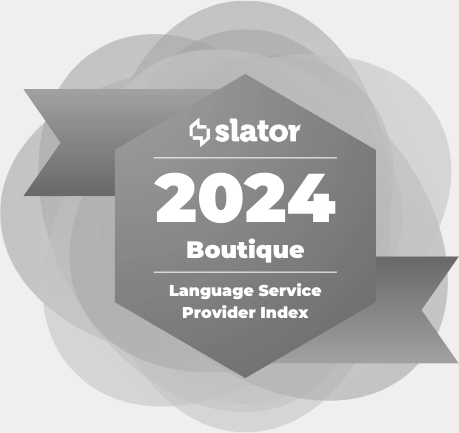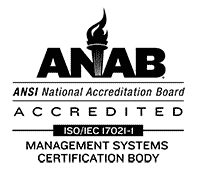ATA52: The Art of Translating Manuals

Senior Project Manager
Walking into my first session at the ATA (American Translators Association) conference last week, I was still a bit groggy from the plane ride to Boston; that quickly changed! Esteemed Portuguese translator, Joao Roque Dias, welcomed me and about 75 others into a small meeting room in the Marriott Copley Place Hotel to lecture about the art of translating manuals. Fortunately, I was able to grab one of the much-coveted seats as Dias began his introduction to the topic, stating that “striving for perfection” should be the constant goal of all professional translators. There was a light chuckle in the room. Dias’s presentation continued and he demonstrated that perfection is a rarity and that flaws are inherent to any human process, but he sure did provide insight on handling the complex task of translating manuals, as well as the diversity of manuals that can come across the desk of a translator.
Typically, we think that manuals are professionally written tools to guide us in using a product; however, Dias posed the question, “Who is really writing manuals that you have translated?” The answers from the crowd vary, and Dias suggests that he has seen manuals written by his boss’ son’s girlfriend. “She writes well,” Dias joked, “she has a blog!” He used examples to show the varying degrees of complexity and quality that may be inherent to any manual, and gave the following key pieces of advice for translating manuals:
– Remember your audience: is this manual written for the consumer, the manufacturer, university/educational use?
– Read each sentence as if you would be using the product and be sure it makes complete sense.
– Become a master of terminology: create databases and glossaries as necessary and always see if client has terminology preferences. (Some terms, especially in computing, are so new that they may not have a generally accepted translation yet.)
– Research, research, research: consult legislation, industry standards and university manuals
My favorite anecdote he told to illustrate the gravity (no pun intended!) of creating clear and well-produced translations was one concerning space travel. He described that space programs commission translation of the manuals for their shuttles 2 years prior to the launch date; the final copies are only placed in the shuttle on the day of the launch. Every change in each manual must be translated, checked and re-checked prior to liftoff. One mislabeled switch can be devastating!
Dias gave an engaging, exuberant and well-organized presentation, reminding translators that their line of work, especially when translating complex files like manuals, requires diligence, clarity, attention to detail and superior writing skills.





